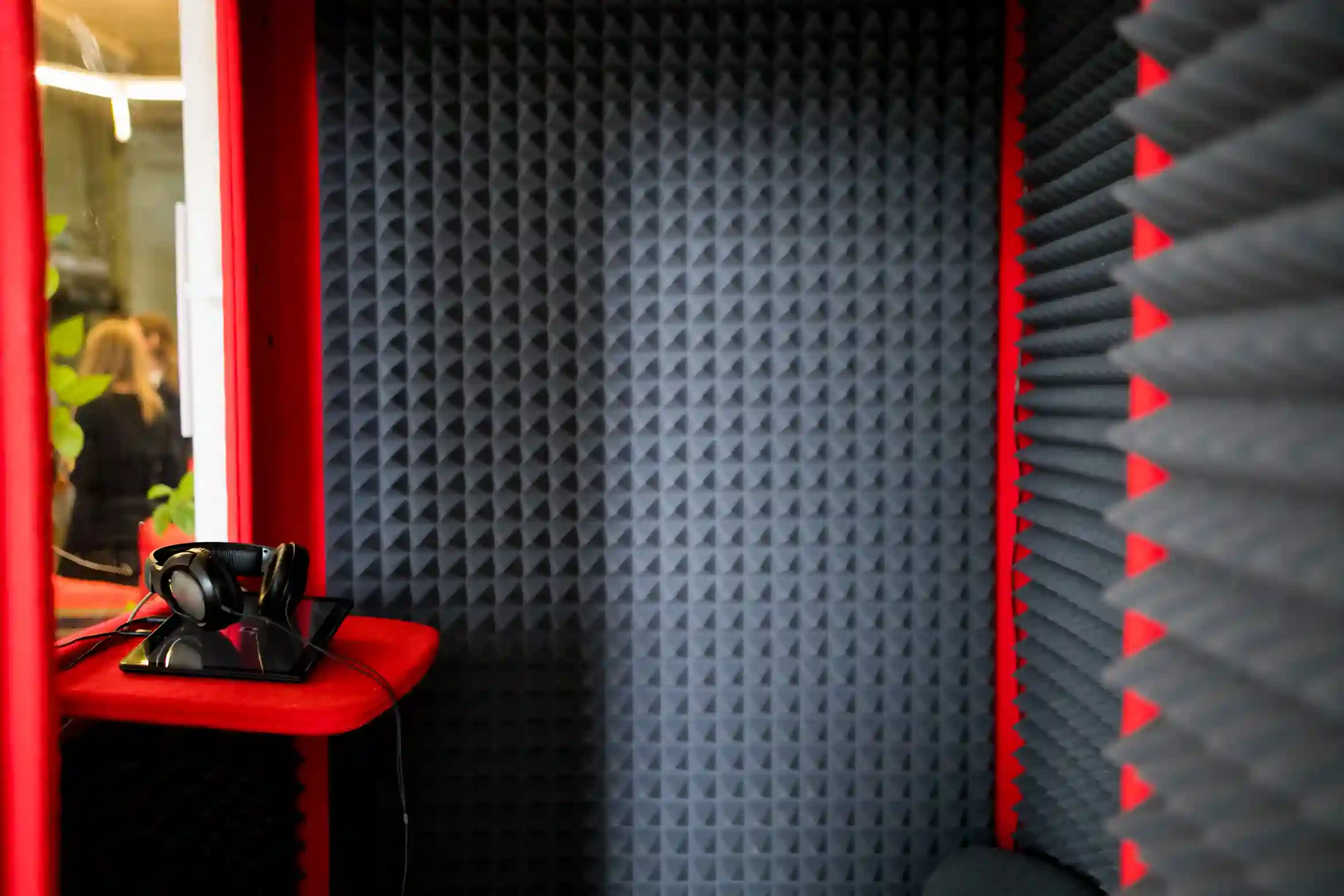In a world filled with noise pollution, creating a peaceful sanctuary within your home has become essential. This guide delves into the art of soundproofing, offering insights into effective techniques and materials to reclaim tranquility in any room.
Understanding Sound
To effectively combat noise, it’s crucial to grasp the fundamentals of sound transmission. We’ll explore how sound waves travel, the impact of frequency and amplitude, and how different materials can either amplify or dampen sound.
Identifying Noise Sources
Before embarking on your soundproofing journey, it’s essential to pinpoint the sources of unwanted noise. Whether it’s the rumble of traffic outside or the hum of appliances within, conducting a thorough noise assessment sets the stage for targeted solutions.
Soundproofing Techniques
From structural modifications to specialized acoustic barriers, we’ll explore a range of techniques to suit varying needs and budgets. Whether you opt for a DIY approach or enlist professional help, we’ll cover strategies for effectively blocking or absorbing sound.
Materials for Soundproofing
Discover the power of soundproofing insulation, mass-loaded vinyl, acoustic panels, and more. Each material brings its unique properties to the table, offering tailored solutions to combat noise intrusion.
DIY Soundproofing Methods
For the resourceful homeowner, we offer practical DIY tips and step-by-step guides for implementing cost-effective soundproofing solutions. From simple fixes to more elaborate projects, we’ll empower you to take control of your acoustic environment.
Professional Soundproofing Services
When DIY won’t suffice, turning to professional soundproofing services can provide peace of mind. We’ll discuss when it’s time to call in the experts, how to select the right contractor, and considerations for budget and timeline.
Additional Tips for Soundproofing Success
Beyond the basics, we’ll share additional tips for maximizing soundproofing effectiveness. From optimizing room layout to addressing pesky gaps and leaks, attention to detail can make all the difference in achieving sonic serenity.
Final Words
In conclusion, soundproofing offers a pathway to reclaiming tranquility in a noisy world. By understanding the principles of sound transmission, leveraging effective techniques and materials, and incorporating practical tips, you can create a haven of peace and quiet within your home.
FAQ’s
What is soundproofing, and why is it important?
Soundproofing involves reducing or blocking the transmission of sound from one area to another. It’s important for creating peaceful and comfortable living or working environments by minimizing unwanted noise intrusion.
How does sound travel, and what factors affect its transmission?
Sound travels in waves, and its transmission can be influenced by factors such as frequency, amplitude, and the materials through which it travels. Dense materials tend to block sound better than lightweight materials.
What are some common sources of noise in indoor environments?
Common sources of indoor noise include traffic, HVAC systems, appliances, footsteps, voices, and structural vibrations. Identifying these sources is the first step in effective soundproofing.
What are the key techniques and materials used for soundproofing?
Key soundproofing techniques include structural modifications, such as adding mass or creating separation between surfaces, and using materials like soundproofing insulation, mass-loaded vinyl, acoustic panels, and curtains.
Is soundproofing a DIY-friendly project, or should I seek professional help?
Soundproofing can be approached as a DIY project with many resources available for guidance. However, complex structural modifications may require professional expertise. Assess the scope of your project and your comfort level with DIY tasks before deciding whether to seek professional assistance.
